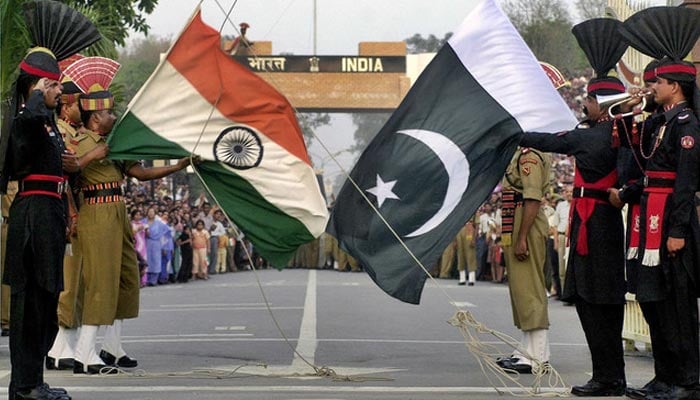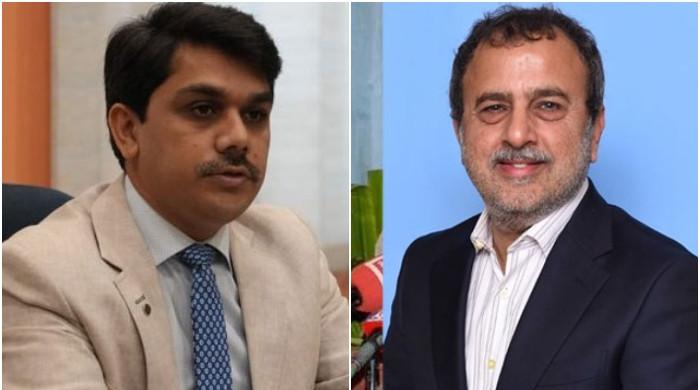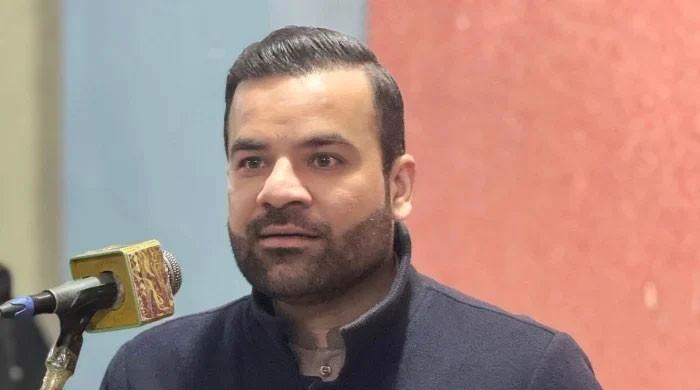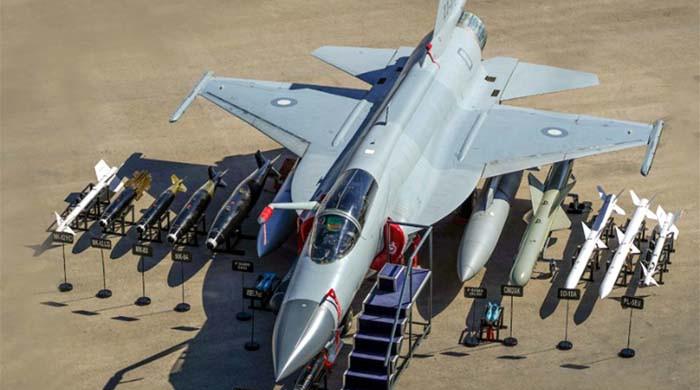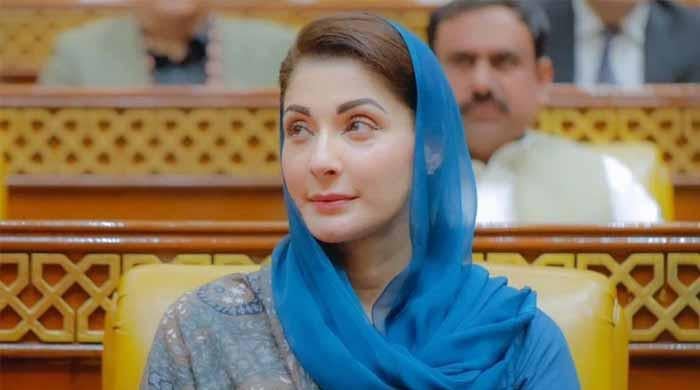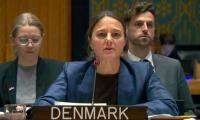Breaking the Kashmir stalemate
Untapped trade potential between India and Pakistan stands at $37bn per annum, says World Bank
Can the resumption of trade relations with India help break the deadlock on Kashmir is a question that warrants serious probing once again, especially since the discontinuation of trade relations by Pakistan three years ago has hardly had any impact on the matter — let alone brought about any qualitative change in the ground situation.
Cutting trade relations off with any country is essentially a diplomatic offence unleashed to obtain some clearly defined goals and objectives. Economic sanctions imposed by the West on Russia to punish it for invading Ukraine are a case in point that has almost brought the economy of Moscow to its knees.
Despite all provocations, Russia, however, has refrained from replying in the same coin as it can hardly afford at the moment to forsake the revenue received in return for the supply of oil and gas to the European countries dagger drawn at it, though.
Interestingly, several countries engaged in hot disputes with each other have taken pains to keep trade and politics apart. China, for instance, considers Taiwan a dissident province but has very close trade relations with it. More than 42% of Taiwan's exports go to China, from where it gets around 22% of its imports.
Between 1991 and 2021, different Taiwanese companies invested around $194bn in a total of 44,577 Chinese projects. They manufacture iPhones for Apple, Galaxy smartphones for Samsung, and game consoles for Sony in plants throughout China.
India and China are also at loggerheads with each other and were close to a full-fledged war in 2020. However, their bilateral trade hit a record high of over $125bn crossing the $100bn mark in a year when the relations between them touched a new low due to a military standoff in Eastern Ladakh.
It should also not be overlooked that the total volume of bilateral trade between Israel and Palestine crossed the $4bn mark last year although they have been almost in a state of war with each other since 1948.
According to a World Bank study published in 2018, the total trade potential between India and Pakistan stands at $37bn per annum but it has remained untapped due to their differences over the Kashmir issue.
Before being formally cut off in 2019, when India revoked the constitutional status of Kashmir, trade between them stood at $2.4bn in 2017-18, accounting for a mere 0.31% of India’s and about 3.2% of Pakistan’s with the world, respectively. Can denial of exports worth $1924m force India to review its position on a highly emotive issue is open to anybody’s guess.
Pakistan, as a matter of fact, has never used trade as a strategic tool against India to forward the Kashmir cause. It is essential to understand that Pakistan is a gateway for India to Afghanistan, Central Asia, Iran, and beyond.
Ranked as 5th top consumer of primary energy in the world, India badly needs to develop a strong land connection with the Central Asian republics in particular to meet its future requirements. The region has the biggest reserves of oil (50 to 110 billion barrels) and gas (170 to 463 trillion cubic feet) in the world and can easily meet the Indian demand if given land access to it by Pakistan.
Different gas and electricity projects envisioned on different occasions, such as Turkmenistan-Afghanistan-Pakistan- India (TAPI), Iran-Pakistan-India (IPI), and Central Asia-South Asia (CASA-1000) can play a vital role in this regard with Pakistan playing a bridge state role between member countries, especially India and Central Asia.
Pakistan is, therefore, required to dispassionately look into the option of resumption of trade ties with India while ensuring that they, in the final analysis of things, contribute towards a peaceful and negotiated settlement of the Kashmir issue.
It can exploit the provision of land access to Central Asia as a master card to force Delhi to take different Kashmir-specific confidence measures, such as restoration of Article 35A, the release of political prisoners, and the resumption of across Line of Control (LoC) trade and composite dialogue process stalled in 2015.
What many in Pakistan need to realise is that the liberation of Kashmir from Indian occupation will never be an event but a long and tedious process. Both short- and long-term policies on the issue can, therefore, yield the desired outcome if only predicated on this fundamental reality.
A clear departure from reality in the shape of a near hands-off policy on Kashmir at the moment has allowed India to press ahead with its different plans and actions in the area including settler colonialism, political, and economic disempowerment of the valley's Muslims, and replacement of Kashmiri language and culture with a new script and education policy.
Under such circumstances, a more prudent approach to forward the Kashmir cause would be to “engage, penetrate and influence (EPI)” India, rather than sticking to the old policy of “near total disengagement” proving self-defeating in the final analysis of the things.
The writer is an Islamabad-based researcher with a special interest in India-Pakistan and regional affairs. He can be reached at: sabursayyid@gmail.com
-
Security forces gun down 30 terrorists in multiple IBOs in KP: ISPR
-
MQM-P calls for new province in Sindh
-
US report validates Pakistan military edge over India: PM
-
Banned TTP poses serious threat to Pakistan security: UNSC panel
-
CM Afridi clarifies remarks on by-poll after ECP requests army deployment
-
Dubai sees 3.2m Pakistani passengers in 2025 as airport sets new milestone
-
Security forces kill 23 Indian proxy terrorists in KP's Kurram
-
Pakistan to construct island to boost oil exploration: report
